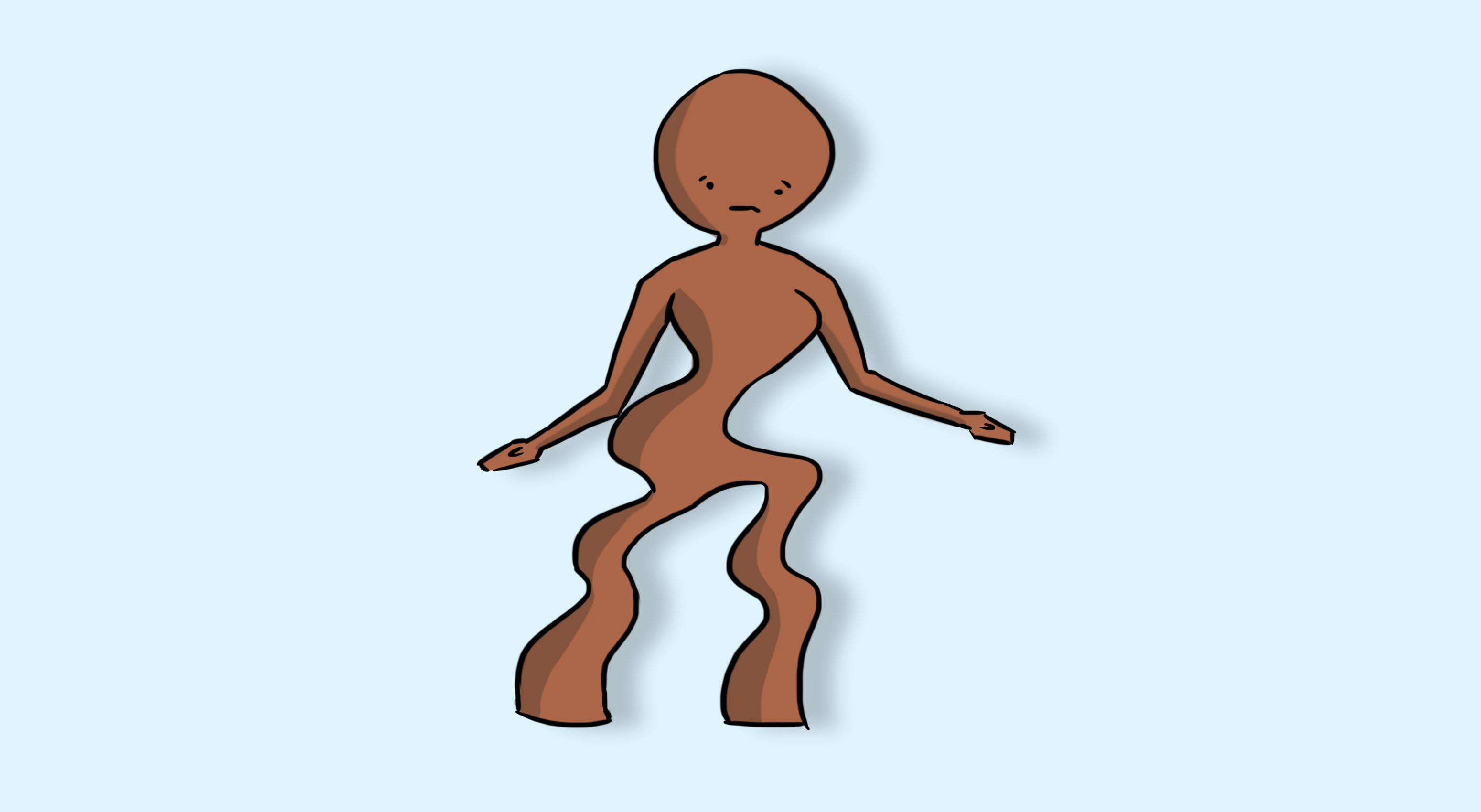Adjusting common assumptions of what those living with EDs look like
Whether it’s Heather Duke from the 1988 classic Heathers, or the more recent Lily Collins-starring To the Bone, we’re all familiar with eating disorders (ED) through the lens of movies and T.V. EDs began to grab headlines in the 1970s with Jane Fonda’s confession of her 20-year battle with bulimia, and the death of musician Karen Carpenter from complications related to anorexia.
Since then, Hollywood has churned out dozens of melodramas about young girls and women battling these disorders. Generally the afflicted are white, emaciated (but still beautiful), and financially well-off.
However the scourge of eating disorders touches more diverse kinds of people every day. More and more young people are opening up about the stigma of living with an eating disorder and coming from a non-white background. Unfortunately, since there aren’t any data that release information on the incidence of eating disorders based on ethnicity, we often have to rely on anecdotal evidence.
“The only thing we had in common was the eating disorder,” said Anahi Ortega, a Mexican-American woman who battled anorexia for several years. “I felt so different in a room full of white girls. When we talked about eating disorders, I could relate. When we talked about home, I couldn’t.”
Author Stephanie Covington Armstrong detailed her experience as a black woman dealing with bulimia in her memoir, Not All Black Girls Know How to Eat.
“I’d say these days it’s a lot more diverse,” says Dr. Iryna Ivanova, a clinical psychologist at the Centre for Eating Disorders Research at the Ottawa Hospital Research Institute. “We’re certainly seeing people with much more diverse cultural backgrounds and certainly socio-economic status.”
Culture is an important factor in all mental illnesses, but especially for eating disorders because “sometimes these disorders manifest slightly different in different cultures,” said Ivanova.
However according to a 2006 study, clinicians were less likely to diagnose non-white patients with eating disorders. In the study, 91 clinicians read 1 of 3 fictional passages about the disordered eating patterns of a young girl. The researchers found that the clinicians were less likely to diagnose African-American girls with eating disorders than white or Latina girls.
While culture is an important variable, there is still a very potent impact of Western media all over the world, according to Ivanova. Several years after the introduction of American T.V. in a province in Fiji in the 1990s, rates of eating disorders began to rise.
Another factor that often leads to silent sufferers of eating disorders is the weight of the individual itself. The DSM-5 lists a condition called atypical anorexia nervosa in which the individual demonstrates all the behaviours of anorexia such as restricting food intake and partaking in excessive exercise, but they are not underweight.
“I think it’s deceiving often, to have weight as a variable,” said Ivanova. “You can have major disturbances in the way you see your body for example, without the weight.”
Another important factor that could be linked to cases of atypical anorexia is a shift to varying body ideals in pop culture and social media. “Going from the thin ideal to the more muscular toned ideal, I think neither one is good or bad, both can be damaging if taken to the extreme,” said Ivanova.
“Often times the tendency to be perfectionistic will drive individuals to take it to that extreme, as an effort to try to control some things they feel are not controllable.”
In fact, some might see drastic weight loss in overweight people as a positive change to their health. However, as demonstrated by ED sufferers like Nicole McDermid, this assessment fails to account for the person’s mental state during the extreme weight loss.
“No one really got the extent to which it was torturous in my head,” McDermid recounted to ABC News. “All they really saw was that I was losing weight and this was a really good thing for my health.”
This can also leak into the medical profession, as McDermid noted that her doctor told her that she would still have to lose more weight before he would be concerned about her health.
Evidently, those who suffer from EDs in reality aren’t necessarily the same as those we see fighting these disorders on the big screen. The homogeneous representation of EDs in pop culture might seem benign to the onlooker. But in reality, lack of accurate representation translates to a lack of support, in both family relationships and the medical environment, for those who are suffering under the radar.





